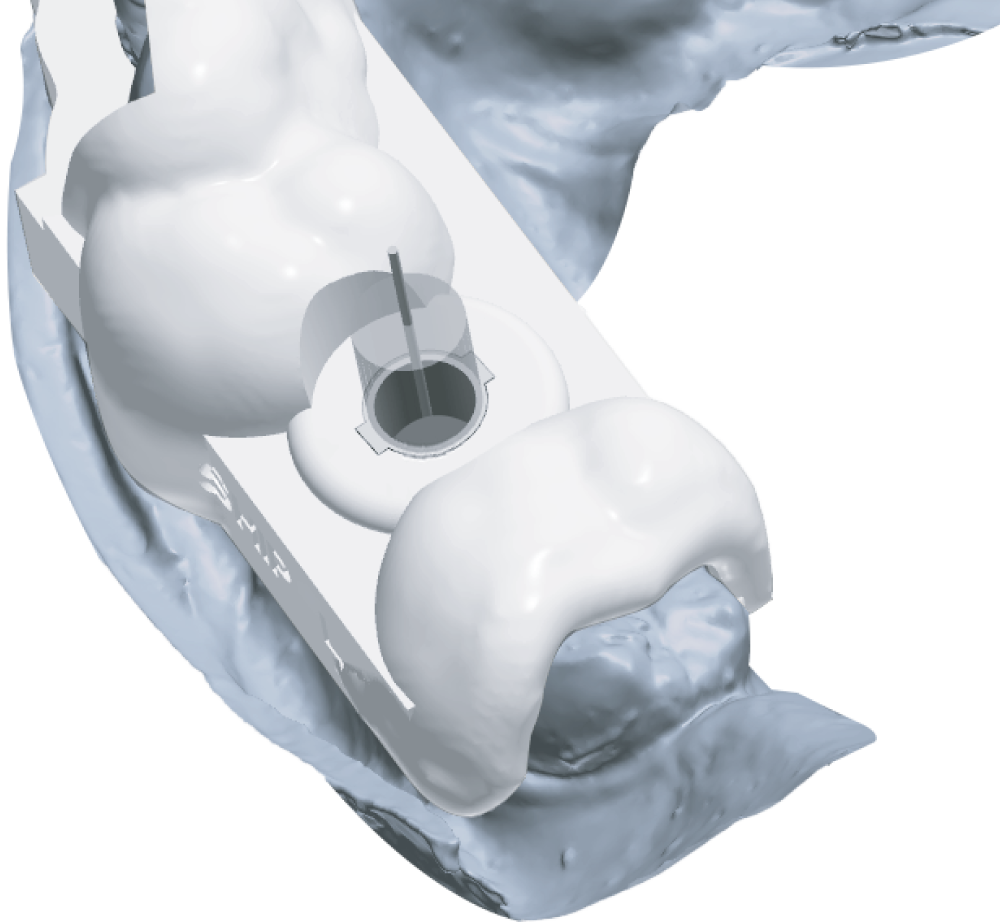Failed Implant Guide: Diagnosis And Solutions

The journey to correcting dental imperfections or enhancing one’s smile often involves dental implants, a procedure considered to be one of the most successful in dentistry. However, despite the high success rate, there are instances where implant failures occur. An implant is considered a failure when it does not integrate properly with the surrounding bone, leading to instability, infection, or it simply falls out. Understanding the reasons behind such failures and knowing the appropriate solutions can significantly alleviate concerns and pave the way for successful retry or alternative treatments.
Causes of Implant Failure
Understanding why an implant fails is crucial before moving on to the solutions. Several factors can contribute to the failure of a dental implant:
Insufficient Bone Density: One of the primary causes of implant failure is insufficient bone density. For an implant to be successful, it needs a solid base of bone to anchor into. If the bone is too thin or too soft, the implant may not integrate properly.
Poor Oral Hygiene: Just like natural teeth, implants require regular cleaning and maintenance. Failure to maintain good oral hygiene can lead to infections such as peri-implantitis, which can cause the bone around the implant to deteriorate, leading to implant failure.
Smoking: Smoking is a significant risk factor for implant failure. Smoking reduces blood flow to the gums, which can slow down the healing process after surgery and make it harder for the bone to integrate with the implant.
Systemic Health Conditions: Certain systemic conditions, such as diabetes or osteoporosis, can affect the healing process and bone density, thereby increasing the risk of implant failure.
Mechanical Issues: Overloading or excessive force on the implant can cause it to fail. This could be due to a variety of factors including a misaligned bite, grinding or clenching of the teeth, or even premature loading of the implant before it has fully integrated with the bone.
Solutions for Failed Implants
While the diagnosis of implant failure can be disheartening, there are several solutions available that can address the issue effectively. It’s essential to consult with a dental specialist who can evaluate the specific situation and recommend the most appropriate course of action.
Removal of the Failed Implant: The first step in addressing a failed implant is its removal. This procedure is typically straightforward but requires careful planning to ensure minimal disruption to the surrounding bone and tissue.
Bone Grafting: In cases where the bone density is insufficient, bone grafting may be necessary before placing a new implant. This process involves taking bone from another part of the body or using synthetic bone and grafting it onto the jawbone to create a stable base for the implant.
Alternative Implant Placement: Depending on the location and condition of the failed implant, it may be possible to place a new implant in a different position within the same area. This decision is made after a thorough evaluation of the bone density and the patient’s overall oral health.
All-on-4 or Similar Rehabilitation Techniques: For patients with multiple failed implants or significant bone loss, procedures like All-on-4 can offer a comprehensive solution. This technique involves placing four implants in strategic positions to support a full arch of prosthetic teeth, minimizing the need for bone grafting and offering a quicker recovery time.
Dental Bridges or Dentures: In some cases, especially where implant placement is not feasible due to extensive bone loss or other health issues, dental bridges or dentures can provide a viable alternative for tooth replacement. While they may not offer the same stability and feel as implants, advancements in denture technology have made them more comfortable and natural-looking than ever before.
Future Trends and Advances
The field of dental implantology is continually evolving, with ongoing research aimed at improving success rates and reducing the risk of failures. One of the promising areas of development is in the materials used for implants, with a focus on designing surfaces that enhance osseointegration and reduce the risk of infection. Additionally, advancements in 3D printing and digital dentistry are paving the way for more precise implant placement and tailored prosthetics, potentially reducing the incidence of mechanical issues and improving overall patient satisfaction.
Conclusion
While a failed dental implant can be a setback, it is by no means the end of the journey towards achieving the desired smile or oral functionality. With a thorough understanding of the causes of implant failure and the variety of solutions available, patients can work closely with their dental specialists to find the most appropriate path forward. Whether it involves retrying an implant after addressing the underlying issues, opting for alternative tooth replacement solutions, or exploring the latest advancements in dental technology, there are numerous options to consider. The key to success lies in patience, persistence, and a commitment to finding the solution that best fits one’s unique needs and circumstances.
What are the common signs of a failed dental implant?
+Common signs include pain, mobility of the implant, infection signs like redness and swelling around the implant site, and in severe cases, the implant may fall out. It’s crucial to seek professional advice if any of these symptoms are observed.
Can a failed implant be replaced immediately?
+Not always. The decision to immediately replace a failed implant depends on the reason for the failure and the condition of the surrounding bone and tissue. In some cases, especially where infection is present, it may be necessary to wait until the area has healed before placing a new implant.
How can I prevent dental implant failure?
+Prevention involves maintaining good oral hygiene, avoiding smoking, attending regular dental check-ups, and following post-surgical instructions carefully. Additionally, ensuring that the initial implant procedure is performed by a skilled and experienced professional can significantly reduce the risk of failure.